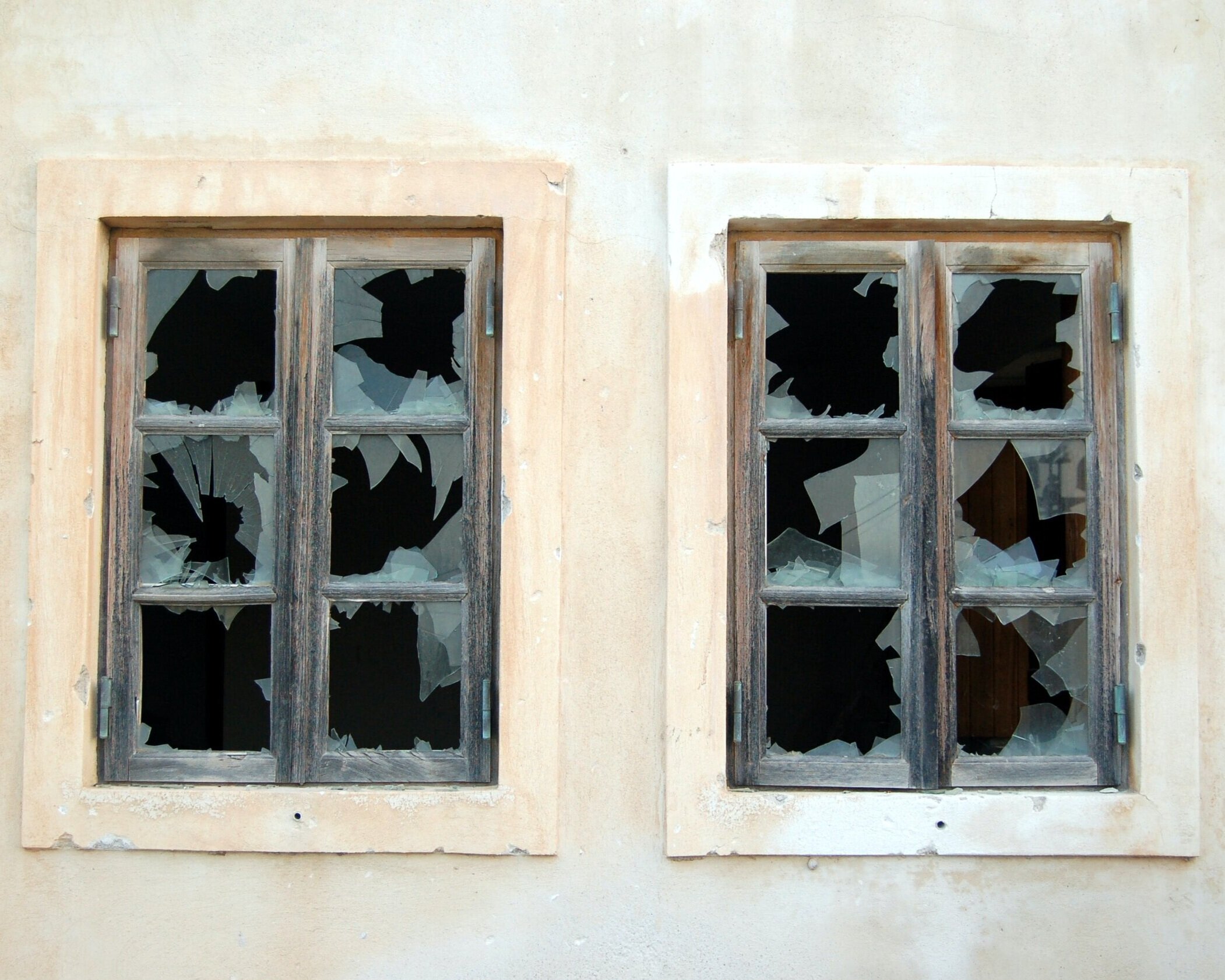I first learned about the Tulsa Race Massacre in college. Even then it was called the Tulsa Race “Riot”, and this one word difference reframes the way we approach the horrific stories of what happened. We must see this as an event that represents the power inequality, injustice, and trauma of its day. I am not an expert on this event or the historical and current oppression of black people in this country. What I can tell you as a therapist is that when I read accounts of that day and the events leading up to it, I can’t help but see the flames of trauma heating up the situation like the sun heats up an Oklahoma summer.
When we zoom out to a societal level, I see three main traumas shaping the men of that day. First, I see the trauma of war veterans fresh off the battlefield with little help for the wounds their bodies sustained and no help for the way war wounds the soul. Next, I see the job crisis that tends to follow the mass return of soldiers from war. As usual, the group in power (white people) found an “other” (black people) to blame for their economic struggles. So it could not have pleased the white residents of Tulsa too much to see a thriving economy in a black community while parts of their own were still struggling.
The final trauma I can see from a high level view is that of systemic racism. This can be a “slow drip” trauma where loads of small interactions start to fill up the pot, aided by occasional gushes of overt racism. So when the anger of the white mob rioting outside of a Tulsa jail ran hot one night in May of 1921, a group of black residents from the Greenwood community arrived to defend their neighbor. A slow boil fire fight broke out that rolled into the next few days and was consummated with flames consuming the community courtesy of white mob members aided by aerial bombs.
Systemic issues are not fodder for witty twitter birds. Their existence affects real people. Not only did individuals lose their lives that Memorial Day weekend in 1921, but an entire community of homes, livelihoods, and relationships were destroyed as well. We also cannot overlook the impact of unresolved personal trauma whose repercussions do not just affect those who experienced the massacre, but also the generations after them.
As we look to reconcile the injustice of our present and past, let us start with true stories. As a therapist, I know that our brains think in stories and the story of American history that was told to us was quite incomplete and lopsided.
Let us look into the eyes of real people and believe them when they tell us their story. Let us listen to the words of those historically hushed as they give us the opportunity to balance out the other voices of history.
Meet the Author!
Phoebe is a therapist in private practice at Bethany Counseling Center, mom to Vivi, Charlie, and Harris and wife to Jeff. She speaks and writes on the integration of faith and mental health as essential to living in our identity in Christ. She enjoys nonfiction books, Disney movies, and, like any good millennial, is a coffee and pen snob.
This blog is meant to further the conversation about mental health and is not intended as medical or professional advice.



